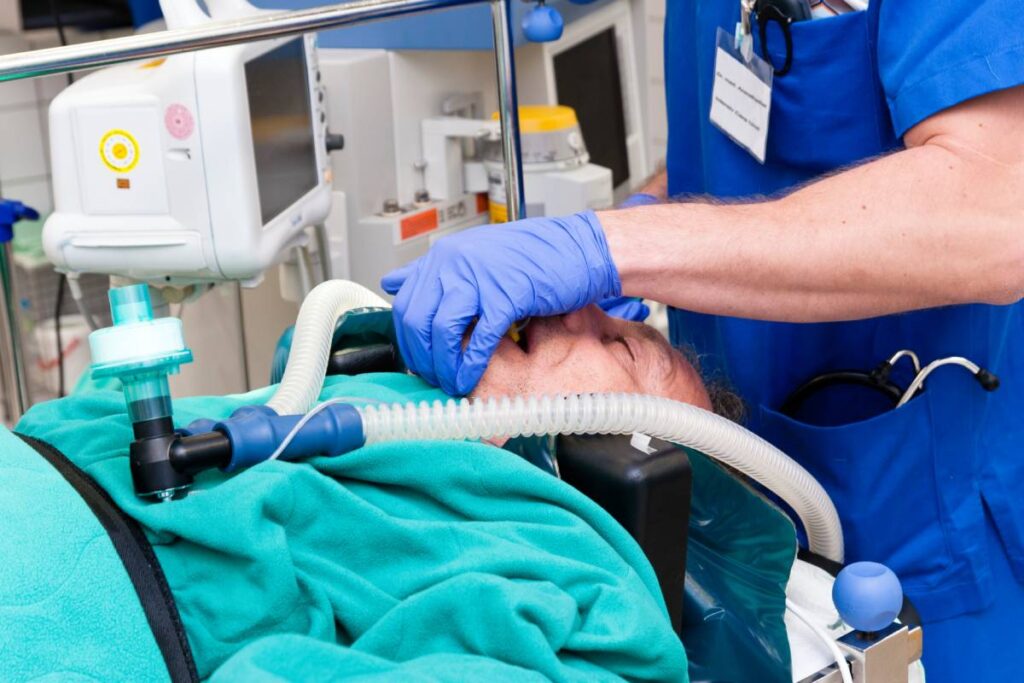During medical procedures, anesthesia is used to help patients relax, become unconscious, and relieve pain. One crucial aspect of administering anesthesia is providing breathing support to the patient. Anesthesia affects normal bodily functioning, and it is critical to prevent hypoxia in patients to avoid complications.
Why Breathing Support is Important
When a patient is under general anesthesia, their body’s natural reflexes that control breathing are suppressed. This means that they are unable to breathe on their own and require assistance to ensure a sufficient oxygen supply to the body. Without proper breathing support, the patient’s oxygen levels could fall, leading to serious complications and potentially even death. With other types of anesthesia, breathing is affected to a lesser extent, and patients may only require oxygen support or may not need any breathing support at all.
How Breathing Support is Provided
Breathing support during general anesthesia is provided through a mechanical ventilator, which delivers oxygen and removes carbon dioxide from the patient’s lungs. The ventilator is connected to the patient’s airway through a breathing tube, which is inserted into the patient’s mouth or nose and down into the trachea.
The ventilator is programmed to deliver a specific amount of oxygen and air to the patient’s lungs, depending on their individual needs. The machine monitors the patient’s breathing and adjusts the amount of oxygen and air delivered as necessary to maintain a safe and effective level of oxygenation. Modern ventilators can also simultaneously administer anesthesia gases along with oxygen. Technological advances have made ventilators increasingly safe and self-sufficient.
Risks and Side Effects
While breathing support is critical during anesthesia, it is not without risks and side effects. Complications can occur if the ventilator is not properly calibrated or if the patient’s oxygen levels are not closely monitored. These can include oxygen toxicity, barotrauma (damage to the lungs caused by too much pressure), and pneumonia.
In addition, patients may experience side effects after the procedure, such as sore throat, hoarseness, or difficulty swallowing, due to the breathing tube. These side effects are typically temporary and resolve within a few days after the procedure.
Conclusion
Breathing support is a vital component of anesthesia that ensures the safety and well-being of patients during medical procedures. Mechanical ventilation is used for breathing support during general anesthesia, while other methods may be used in other contexts. While there are risks and side effects associated with breathing support, it is essential to ensure proper oxygenation and maintain the patient’s safety during the procedure.
